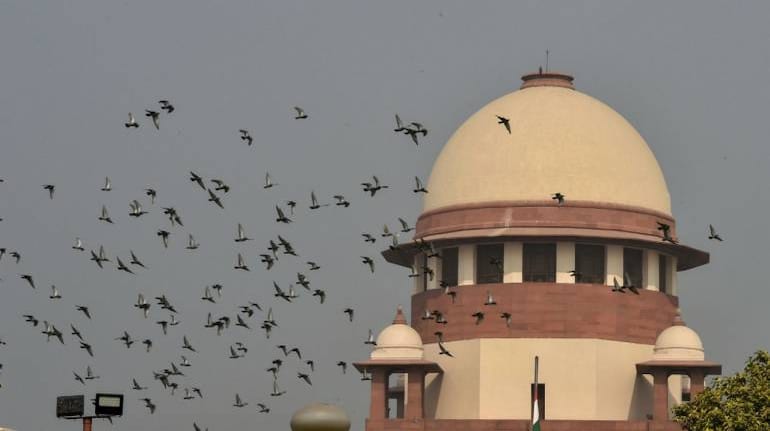



Supreme Court Chief Justice Ranjan Gogoi has set out to do in less than 70 days what his predecessors have failed to do in 70 years. It is still too early to say whether he will accomplish the mission, but he is showing a clear sense of urgency, which has been very rare in this case, except for a brief period during the tenure of Dipak Misra when he was the CJI.
Justice Gogoi has expressed his willingness to make the court sit for extra hours to conclude hearing the Ram Janmabhoomi-Babri Masjid land dispute case by October 18, so that the constitutional bench headed by him has exactly one month to write a judgment. The CJI is retiring on November 17.
If one goes by the logistics of the case so far, the target would sound intimidating. However, a case lingering for 70 years cannot be resolved in double that time because it is not the time constraint that has frustrated a solution. It is rather the approach — and that is what Justice Gogoi is seeking to change.
Throughout the history of the litigation, the judicial process has been guided by convenience, rather than the resolve to find a solution, which saw the case being tossed back and forth. With so many interests at work, the courts could not take a position on the merit of the case alone, although that itself was anything but simple and straightforward. There were layers of religious, communal and political intricacies that made an impassioned approach impossible.
The first big change occurred during Dipak Misra’s time, when the constitutional bench led by him decided to strip the case down to a dispute on the title deed. Postulating a clinical approach, the then CJI made it clear that he would not be swayed by the history of religious conflict and the communal tensions associated with the site and warded off third-party interventions, which would have further complicated the issue.
What perhaps had even a greater bearing on the future of the case was the judgment that a mosque was not integral to the Muslim way of worship, which removed a vital angle from the dispute and it became easier to narrow the consideration to the ownership of the land and the claim of the devotees of Ram. Pleas for referring the decision to review by a five-member constitutional bench were met with a firm ‘no’.
Justice Misra’s bench had briefly shown the readiness to fast track a decision, but the approaching elections and the retirement of the CJI put paid to all hopes of a breakthrough, especially since some groups wanted to force a decision in time for the elections, while some political parties (mainly from the Opposition) resisted with all its might.
Now it is Justice Gogoi’s moment for a tryst with history and he seems to be eminently set up for such a glory. Despite the fiasco of the court-appointed mediation panel, which was destined to fail even before it was formally constituted due to inherent contradictions, leading to its virtual disbanding, the straws in the wind indicated a sense of realism dawning on the Muslim parties, particularly the Shia groups, who have increasingly been adopting a reconciliatory stance.
After a hiatus, now the panel has resumed work and its chief, former Supreme Court judge FMI Kalifulla is still optimistic of mediating an agreed settlement among the parties. At one stage, one of the Muslim parties had floated the idea of both the Ram temple and the Babri masjid being constructed through a collaborative effort, the latter at an alternative site.
For the Hindus groups in the dispute suit, Ram’s birth place is unquestionably non-negotiable. The Babri masjid, although shorn off its religious significance in view of the Supreme Court decision, is the most widely recognised symbol of secularism in India.
The fight is, therefore, between faith and symbolism. With secularism no longer being the flavour of the season, the dice is loaded in favour of faith. More importantly, a reconciliation appears to be within the realm of possibilities.
A Supreme Court order, with or without contributions from the mediation panel, will also avert a situation that could encourage militant Hindutva elements to embark on any misadventure similar to the 1992 episode, which had led to irreparable damage to the fabric of national unity. No saner elements would ever want a re-enactment of the episode, which is another reason why anybody would want to wish Chief Justice Ranjan Gogoi success.
K Raveendran is a senior journalist. Views are personal.
Discover the latest Business News, Sensex, and Nifty updates. Obtain Personal Finance insights, tax queries, and expert opinions on Moneycontrol or download the Moneycontrol App to stay updated!
Find the best of Al News in one place, specially curated for you every weekend.
Stay on top of the latest tech trends and biggest startup news.